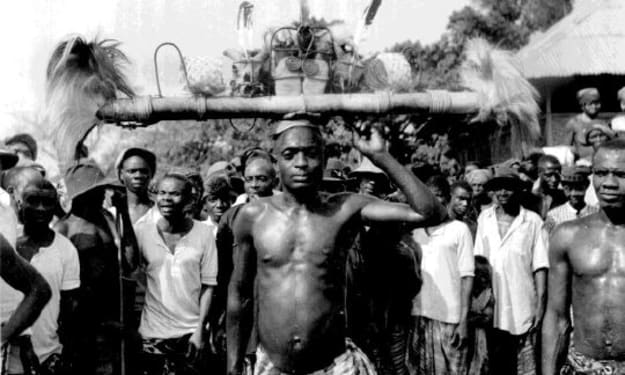Robotics and AI
Explore the history of robotics and artificial intelligence, from early concepts to contemporary advancements

The history of robotics and artificial intelligence (AI) is a fascinating journey that spans centuries, marked by visionary ideas, technological breakthroughs, and transformative impacts on society. This narrative unfolds from ancient myths and automata to the cutting-edge developments in contemporary robotics and AI.Ancient Concepts and Automata:The roots of robotics trace back to ancient civilizations where myths and tales often featured animated beings. In ancient Greece, myths spoke of automatons crafted by the gods. Archytas of Tarentum, a mathematician and engineer from the 4th century BCE, is credited with creating a wooden dove propelled by steam – an early instance of automaton.Medieval Marvels:During the medieval period, intricate automata continued to captivate minds. Al-Jazari, a 12th-century Muslim engineer, designed water-powered mechanisms that showcased humanoid-like movements. These creations reflected early attempts at replicating human actions through machinery.Renaissance Mechanical Wonders:The Renaissance witnessed a surge in interest in mechanics and engineering. Leonardo da Vinci sketched designs for humanoid automatons, displaying his fascination with replicating human motion and expression. However, the lack of technological infrastructure hindered the realization of these visionary ideas.18th to 19th Century: Industrial Revolution and Early Automation:The Industrial Revolution brought about significant advancements in machinery, laying the groundwork for automation. Textile mills and factories adopted mechanized systems to streamline production. In the early 19th century, Charles Babbage conceived the idea of a mechanical computer, the Analytical Engine, a precursor to modern computers.Early 20th Century: Emergence of Cybernetics:The term "robot" was introduced by Czech writer Karel Čapek in his 1920 play "R.U.R." (Rossum's Universal Robots). However, the concept of machines designed to mimic human actions gained traction in the early 20th century. Norbert Wiener's work on cybernetics, exploring communication and control in living organisms and machines, laid the theoretical foundation for AI.World War II and Early Computers:World War II accelerated technological progress, leading to the development of early computers. Alan Turing, a key figure in computer science, proposed the Turing Machine and laid the theoretical groundwork for AI. The first electronic computers, like ENIAC (Electronic Numerical Integrator and Computer), emerged, opening new possibilities for computation.1950s - Birth of AI:The 1950s marked the official birth of AI as a field. Alan Turing introduced the Turing Test to determine a machine's ability to exhibit intelligent behavior indistinguishable from that of a human. The term "artificial intelligence" was coined by computer scientist John McCarthy in 1955.1960s - AI Laboratory and Expert Systems:In 1965, the first AI laboratory was established at Stanford University. The 1960s and 1970s saw the development of expert systems, computer programs designed to replicate the decision-making abilities of a human expert in a specific domain.1980s - AI Winter:Despite initial enthusiasm, the late 1980s brought an "AI winter," marked by funding cuts and skepticism due to unmet expectations. The challenges of building intelligent systems became apparent, leading to a temporary decline in AI research.1990s - Rise of Machine Learning:The 1990s witnessed a resurgence of interest in AI, fueled by advancements in machine learning. Researchers explored neural networks, genetic algorithms, and statistical approaches, laying the groundwork for contemporary AI systems.Early 21st Century: Deep Learning and Robotics Integration:The 21st century brought about a revolution in AI with the widespread adoption of deep learning techniques. Breakthroughs in neural network architectures and the availability of vast datasets fueled the development of AI applications across various domains.Contemporary Advancements:Today, robotics and AI are integral parts of daily life. From autonomous vehicles and smart homes to advanced medical diagnostics, the impact of AI is profound. Humanoid robots like Boston Dynamics' Atlas showcase remarkable agility, while AI-driven systems excel in natural language processing, image recognition, and strategic decision-making.Challenges and Ethical Considerations:As AI and robotics progress, ethical considerations and challenges arise. Questions about job displacement, biases in algorithms, and the ethical use of AI technologies underscore the importance of responsible development and deployment.In conclusion, the history of robotics and AI is a story of human ingenuity and technological evolution. From ancient myths to contemporary breakthroughs, the journey reflects our persistent quest to create machines that simulate, and in some cases surpass, human intelligence and capabilities. As we continue this journey, ethical considerations and responsible innovation will play crucial roles in shaping the future of robotics and AI.





Comments
There are no comments for this story
Be the first to respond and start the conversation.